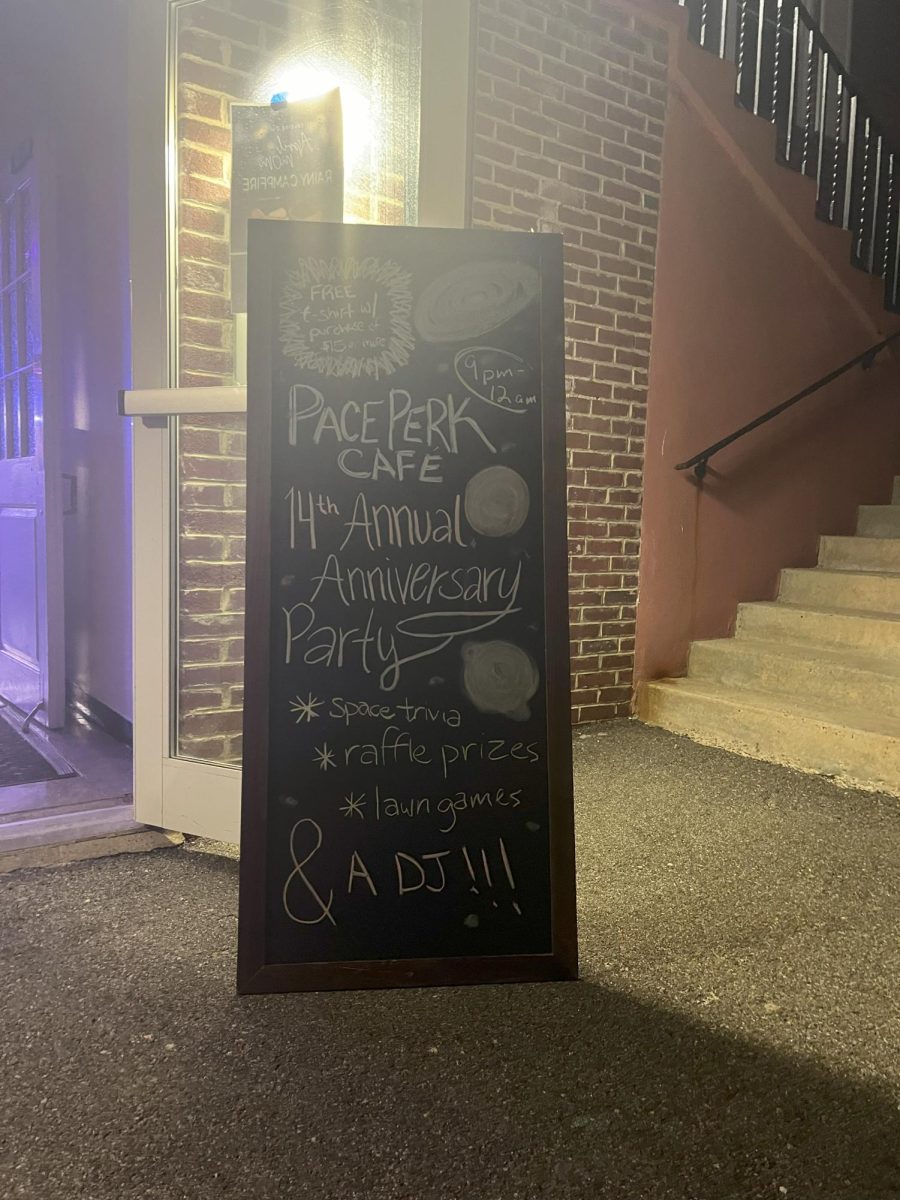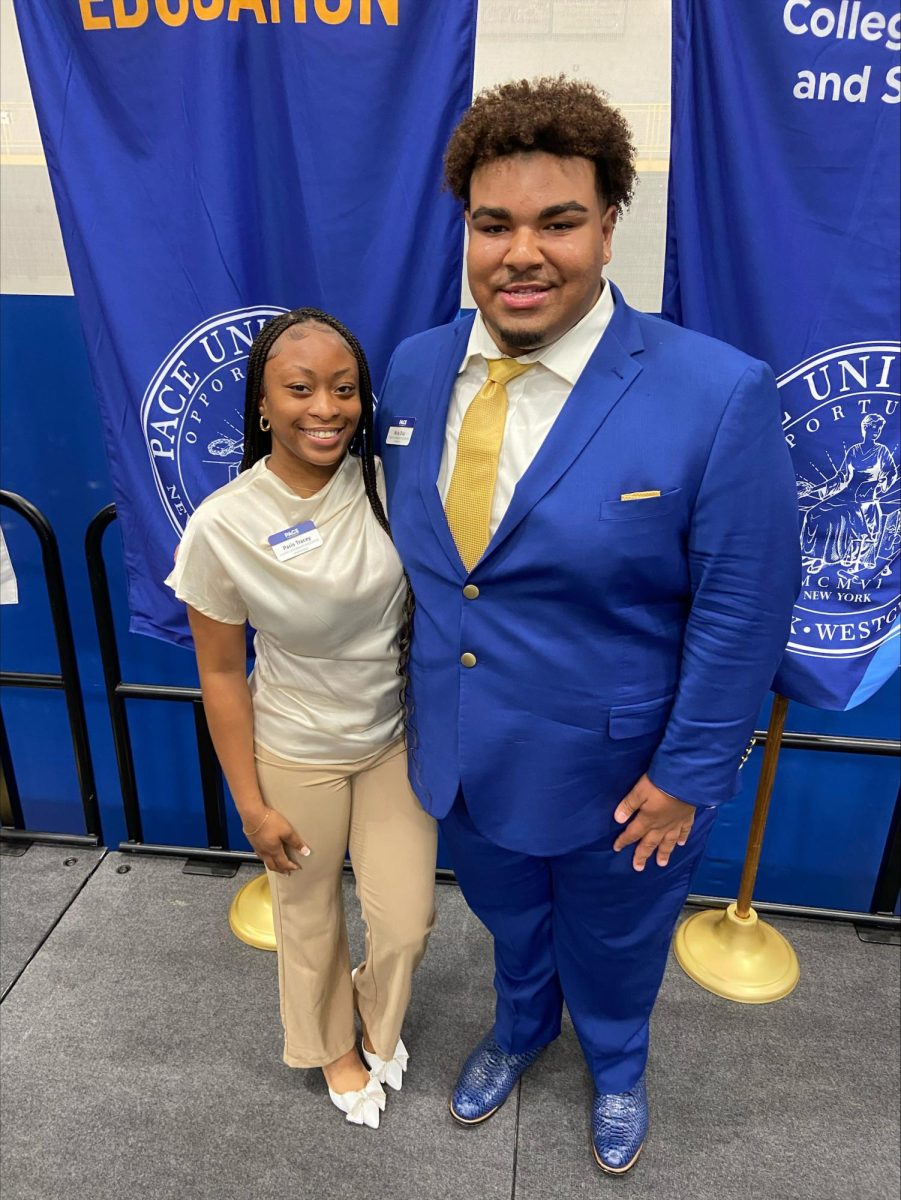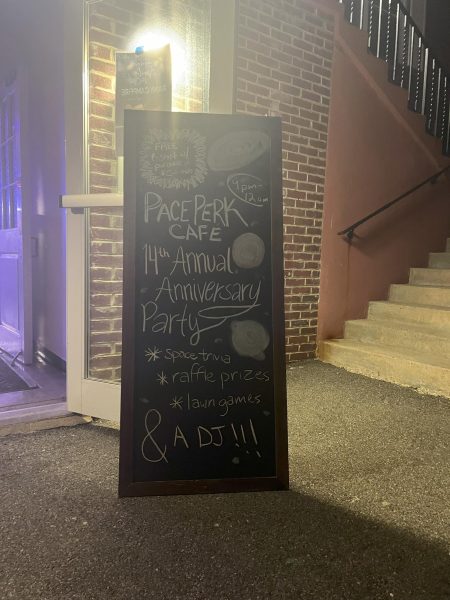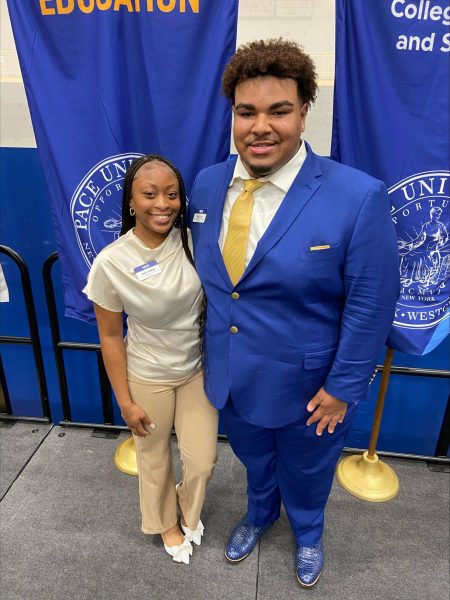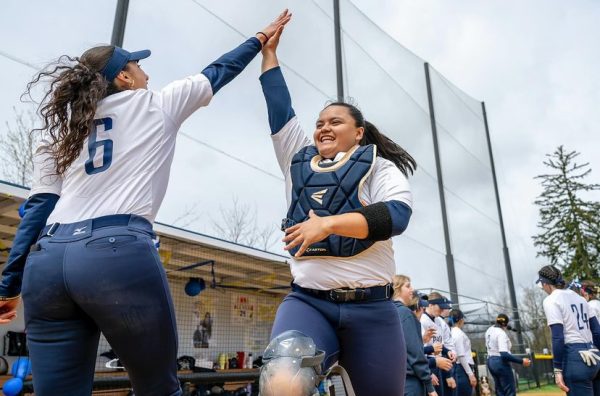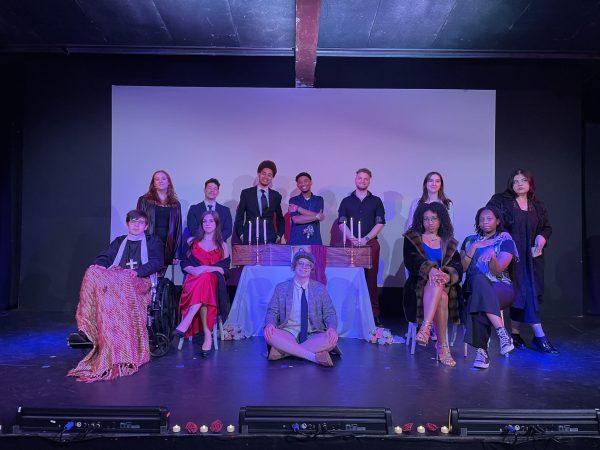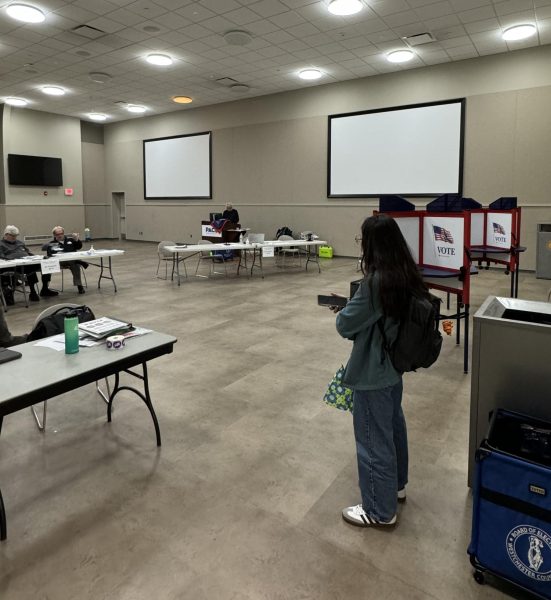Ladies, Now Let’s Get In Formation
February 25, 2016
Beyoncé surprised us all in 2013 with the release of her album. Beyoncé was the fastest selling album in the history of iTunes, selling almost 830,000 digital copies in its first three days of availability.
In a similar move, a day before appearing at the 50 Super Bowl, and the day after Trayvon Martin’s Birthday, Beyoncé surprised us once more with the release of her new music video, “Formation”— a political video with critical references to police brutality and Hurricane Katrina.
Some may call “Formation” controversial, but Football coach Joseph Jawkins found it enlightening.
“She’s stating the truth through her art. I do not think it’s controversial, she was expressing herself,” he said.
A member of the Black Student Union said that the video was not just about black culture, but about minorities as a whole. “She was voicing her frustration and celebrating her culture,” she said.
Beyoncé has been criticized for not supporting or speaking out about racial inequality, but in this video she takes you on a quest through history, and emphasizes a cruel reality. The video is the epitome of classy arrogance and unapologetic blackness.
The video’s opening shows Beyoncé standing on top of a police car in New Orleans submerged in water in the aftermath of Katrina. You hear the voice of Messy Mya saying, “What happened at the New Orleans?”
The video continues to show Blue Ivy dancing accompanied by two other black girls, and the line “I like my baby hair with baby hair and afro.” In 2014, a petition was created to force Beyoncé to take better care of Blue’s hair. With this scene, she is responding to critics, affirming the beauty in black hair and encouraging other young girls to do the same.
This video is composed of independent images from films of New Orleans. In an article for Rolling Stone, Zandria Robinson said of the video, “Women sit in parlors fanning themselves carefully, and twirling umbrellas, reminiscent of the sartorial splendor of black New Orleans.”
One of the most acclaimed scenes is the reference to Michael Brown and the memorable protest “Hands up, don’t shoot.” You see a young boy in a black hoodie, dancing in front of a line of police officers. The cops raise their arms in defeat, and graffiti is shown that reads “Stop shooting us,” alluding to police brutality.
Although this video takes on many political conflicts, it wouldn’t be Beyoncé’s video without a link to feminism. In the song, she says, “He might be a Bill Gates in the making” referring to her successful husband. Then, she focuses on herself and the lyrics change “I might just be a black Bill Gates in the making.” According to Catalyst, only 20 women currently hold CEO positions in the top Fortune 500 companies. Out of these 20 women, only one is a black woman.
At end of the video, women performing a challenging choreography surround her. This implies sisterhood and women empowerment, “Okay ladies, now lets get in formation.” A statement that, though there may be hard times, women must come together, and look amazing while doing it: “Always stay gracious, best revenge is your paper.”
The last sound bite on the video was taken from Trouble the Water, which examines hurricane Katrina and how the aftermath deepened racial and economic inequalities in New Orleans.
This video also promotes self-acceptance; it encourages you to embrace your beautiful self. Just as Beyoncé showed her pride in being black, people should embrace who they are and where they come from. Okay ladies, now let’s get in formation.


